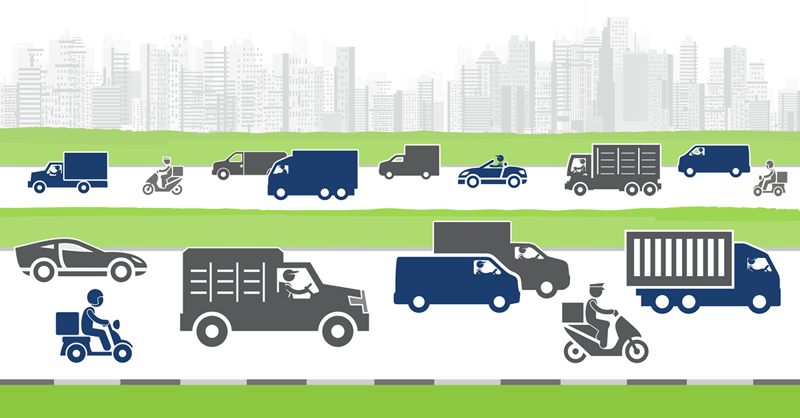eCommerce has caused an explosion in shipping volumes worldwide. The pressure is now on shippers to implement omnichannel fulfillment to get closer to their customers to achieve faster and less expensive delivery and offset the cost of “free shipping.” They have to ship anywhere, from anywhere: from fulfillment centers, stores, depots, and suppliers who could be located anywhere in the world. National and regional parcel and LTL carriers will continue to play a critical role in omnichannel shipping strategies, but the writing is on the wall, the demand is growing for more localized and specialized delivery services.
Increasingly, consumers are getting used to delivery services that were unheard of just 10 years ago. Today, you can order just about anything of any size online and there is an option to have it delivered the same day to your doorstep or even to a room in your house. Younger generations feel comfortable buying furniture, appliances, exercise equipment, and other heavy items online, sight unseen. They know they can rely on a returns policy. And no more leaving shipments at the curbside. eCommerce merchants will happily arrange for carrier white glove services involving setup, trash removal, and other accessorial services. These services are part of an eCommerce merchant’s brand.
Carriers shifting roles to meet omnichannel demands
This trend is causing a seismic shift in how we categorize transportation modes. Parcel carriers are offering freight services. New LTL carrier residential delivery services look more like parcel services with single shipment drop-offs. Parcel and LTL carriers are offering what in the old days would resemble same-day “courier services.” The lines are blurring as all carrier modes are trying to step up to meet the demands of omnichannel delivery.
Of course this just adds complexity for 3PL, retailer, and eCommerce merchant transportation and logistics processes. More local carriers and specialized delivery means more management headaches, especially when there are no standards in place for rating, shipping, labeling, and tracking across parcel, courier, and freight modes. There are literally thousands of local delivery services. This makes automation and cost control very difficult.
Manual data entry and phone banks won’t do. The challenge will be for the new generation of TMS providers to figure out a way to simplify and automate local and specialized services alongside, and sometimes in coordination with, traditional parcel and freight services. It won’t be easy, but disruptive business strategies seldom are. We can expect to see multi-carrier parcel shipping solutions rolled out this year that will replace the one-to-one carrier integrations of old with one that incorporates carrier network optimization.
More news to come...
